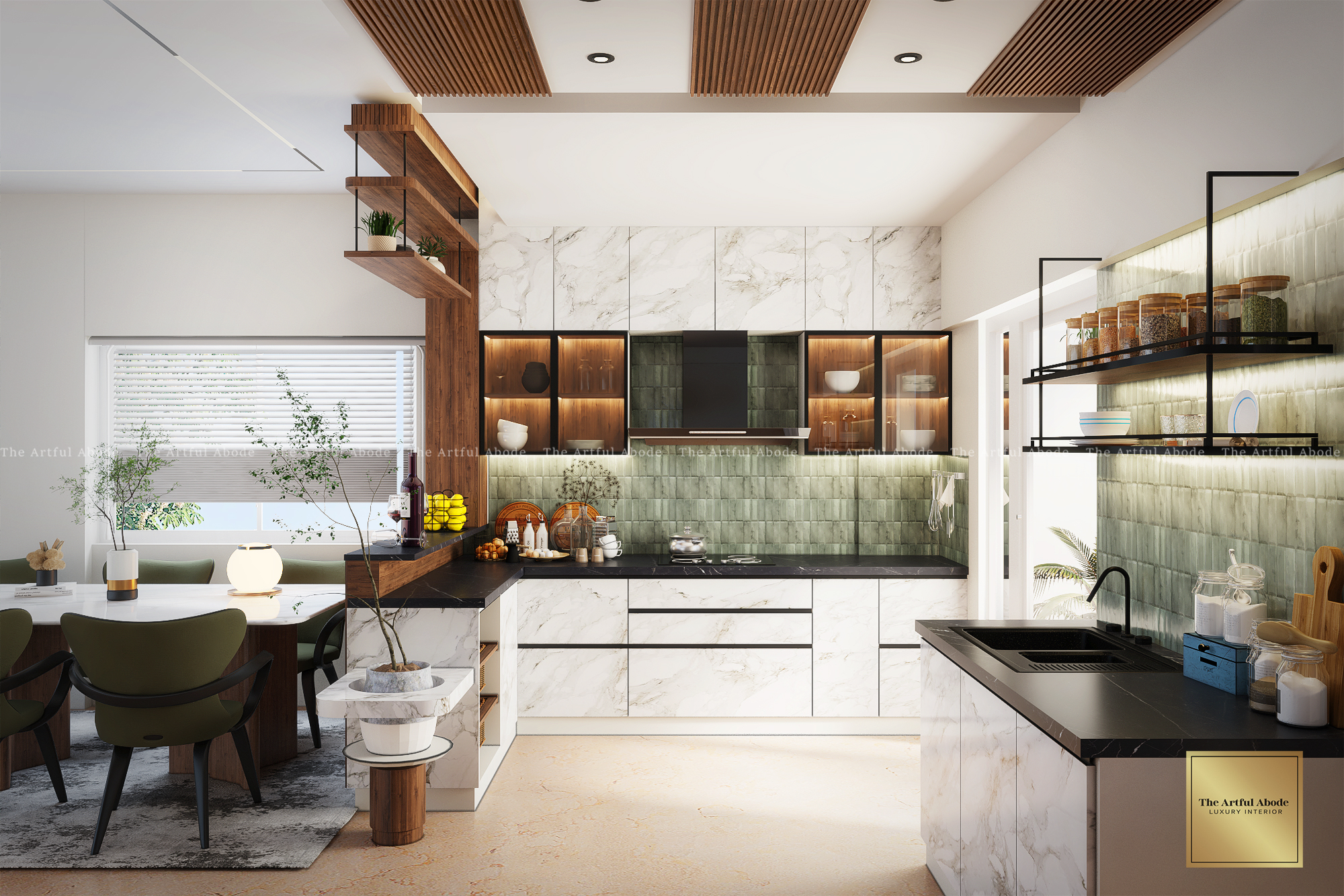The promise sounds tempting: upload a photo, click a button, and watch ai interior design tools generate your dream space in seconds. But here's what nobody tells you - those perfectly rendered rooms often feel strangely empty. Like something's missing.
After transforming over 200 homes across Bangalore in our 15 years, we've seen this pattern repeat. Clients come to us after trying AI tools, frustrated that the results look "fine" but don't feel like them. Algorithms can crunch millions of images, but they'll never grasp why your grandmother's vintage trunk matters or why you insist on an east-facing kitchen for that perfect morning chai.
The ai vs human design debate? Not even close when you're talking about spaces that actually feel like home.
1AI Doesn't Know Your Story
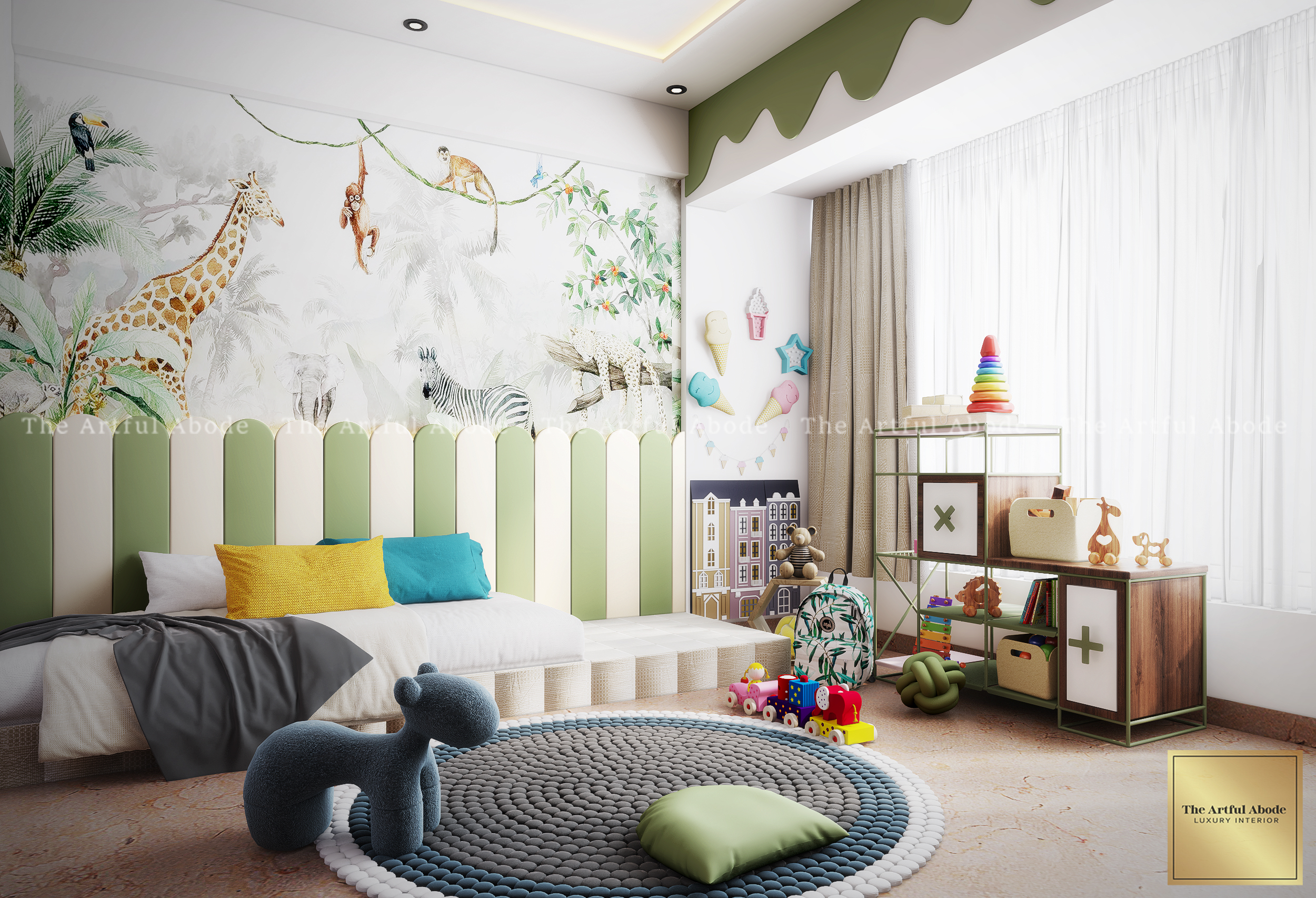
Sure, AI spots Pinterest trends faster than anyone. But ask it why you're drawn to those particular shades of blue? It has no clue they remind you of the coastal cafe where you met your spouse.
An algorithm delivers bedroom layouts based on what's popular - standard furniture placement, trendy palettes, statistically successful arrangements. But here's what it misses. Your WFH desk needs proper task lighting. That late afternoon sun that floods your room around 4 PM - gorgeous, but creates screen glare. You're sensitive to noise when sleeping yet you hate waking up to alarm clocks.
We talk first, design second. What time do you actually wake up? Are you scrolling Instagram before bed or reading paperbacks? Not small talk - these details determine outlet placement, paint choices, even which direction your bed faces.
2Cultural Context Gets Lost
AI fumbles Indian living patterns. Badly. Most algorithms trained on Western homes deliver suggestions that photograph well but feel wrong for how we actually live here.
We've seen AI recommend removing pooja rooms for "better flow." Tell that to families where morning prayers aren't optional. Or suggest compact dining tables for homes where Sunday lunch means fifteen people, minimum.
What's luxury in Bangalore? A kitchen that handles your espresso machine and your pressure cooker without either feeling out of place. Living rooms that work for client meetings at 3 PM and chai with neighbors at 6 PM. Interior design for home isn't about importing Milan or Manhattan wholesale. It's filtering global ideas through Indian reality - the way we gather, celebrate festivals, host relatives who "drop by" and stay for dinner.
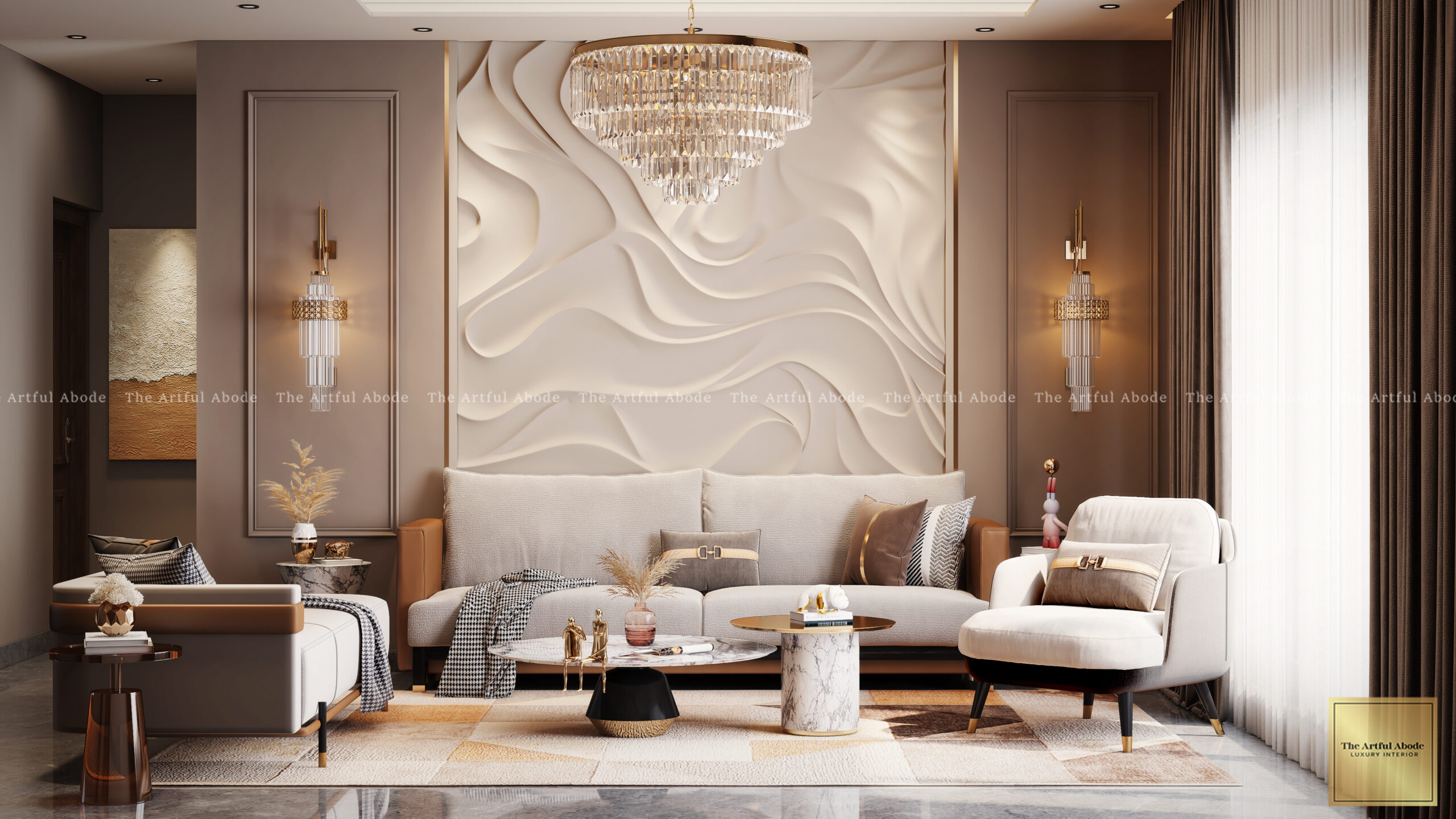
3Materials Behave Differently Than Pixels
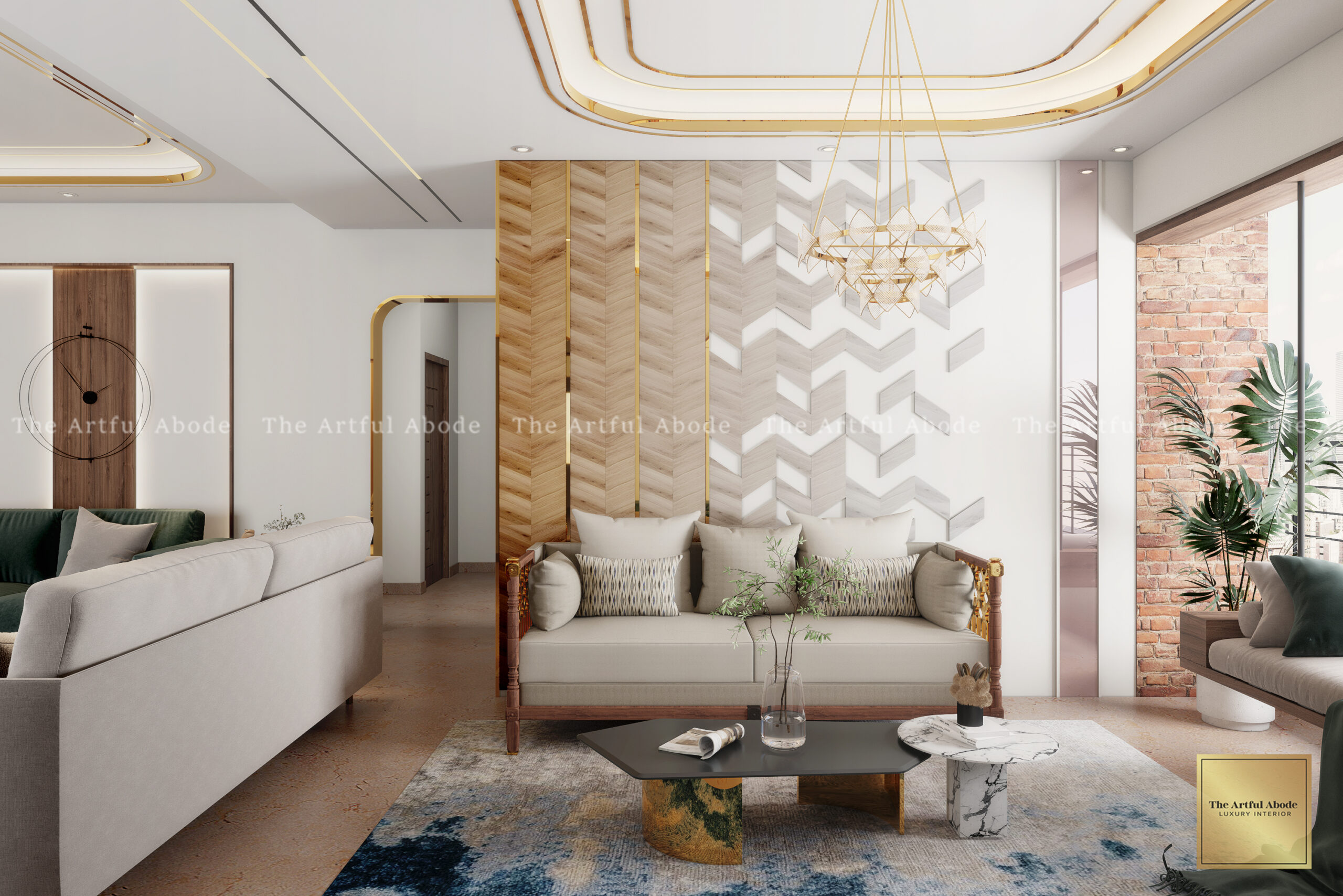
AI renders look perfect. Flawless lighting, ideal textures, pristine surfaces. Real materials? They behave very differently.
Bangalore's humidity warps certain wood finishes within months. That stunning white marble AI loves suggesting? Shows every water mark in bathrooms. The beautiful linen fabric in the render? Fades fast near west-facing windows.
We've spent years learning which materials survive Bangalore's climate. The light upholstery AI pushes for your living room gets swapped for performance fabrics that look identical but handle kids, pets, and actual living without showing wear.
4The Budget Reality No One Mentions
AI generates ₹50 lakh kitchen designs without mentioning the price tag. Or suggests dirt-cheap alternatives that bear zero resemblance to the pretty picture once installed.
Value engineering? AI doesn't do that. Local stone can look exactly like imported marble - you save ₹3 lakhs and get the same aesthetic. But algorithms don't know Bangalore contractor rates. Or which suppliers deliver on promises versus which ones ghost you after taking deposits.
When we quote ₹25-40 lakhs for luxury 3 BHK projects, that's what it actually costs. Materials, skilled labor, oversight, 10-year warranty - all in. We know where money makes impact. That stunning light fixture in your entryway? Worth it. Large marble surfaces throughout? Locally-sourced stone works better and costs less.
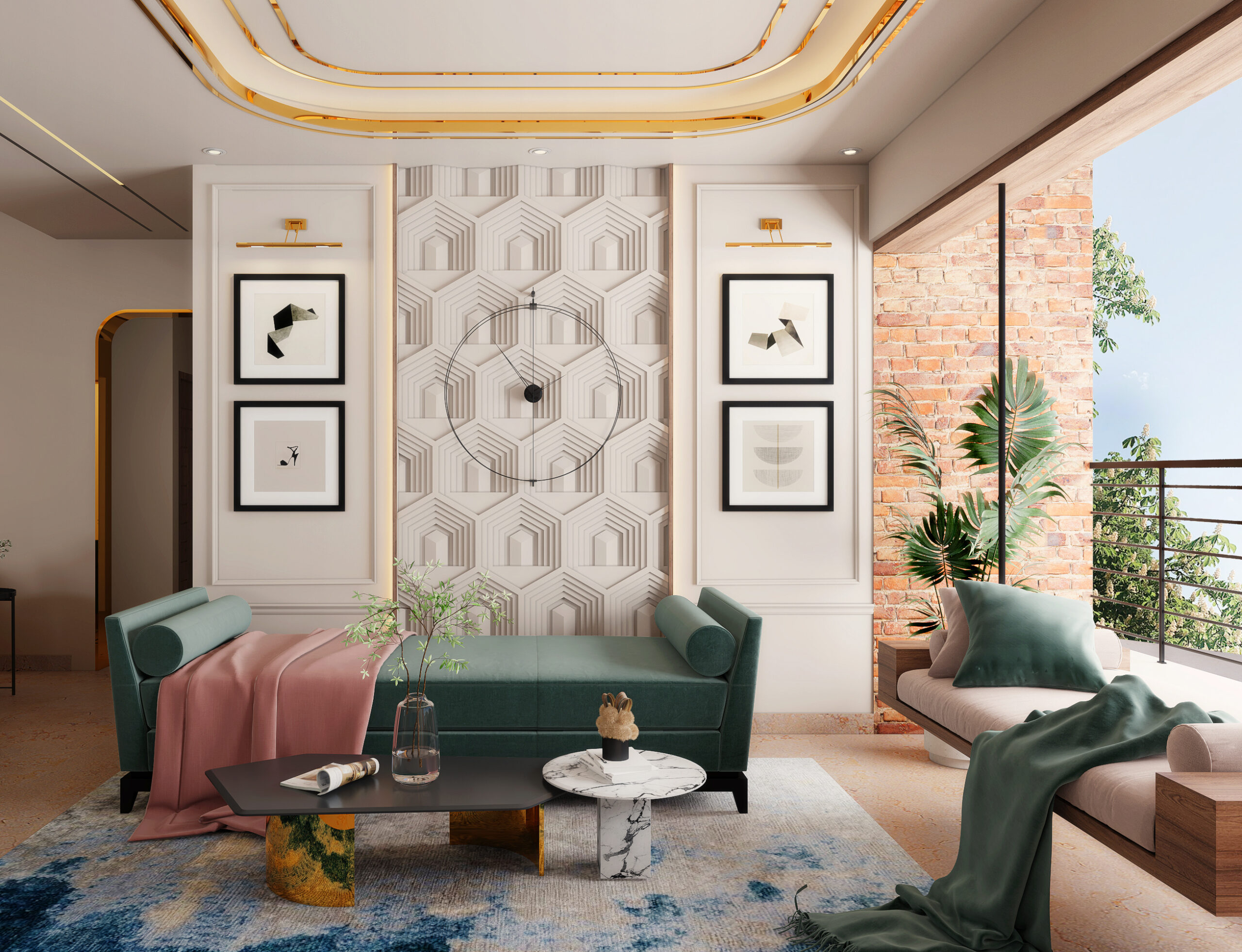
5Problems Need Real-Time Solutions
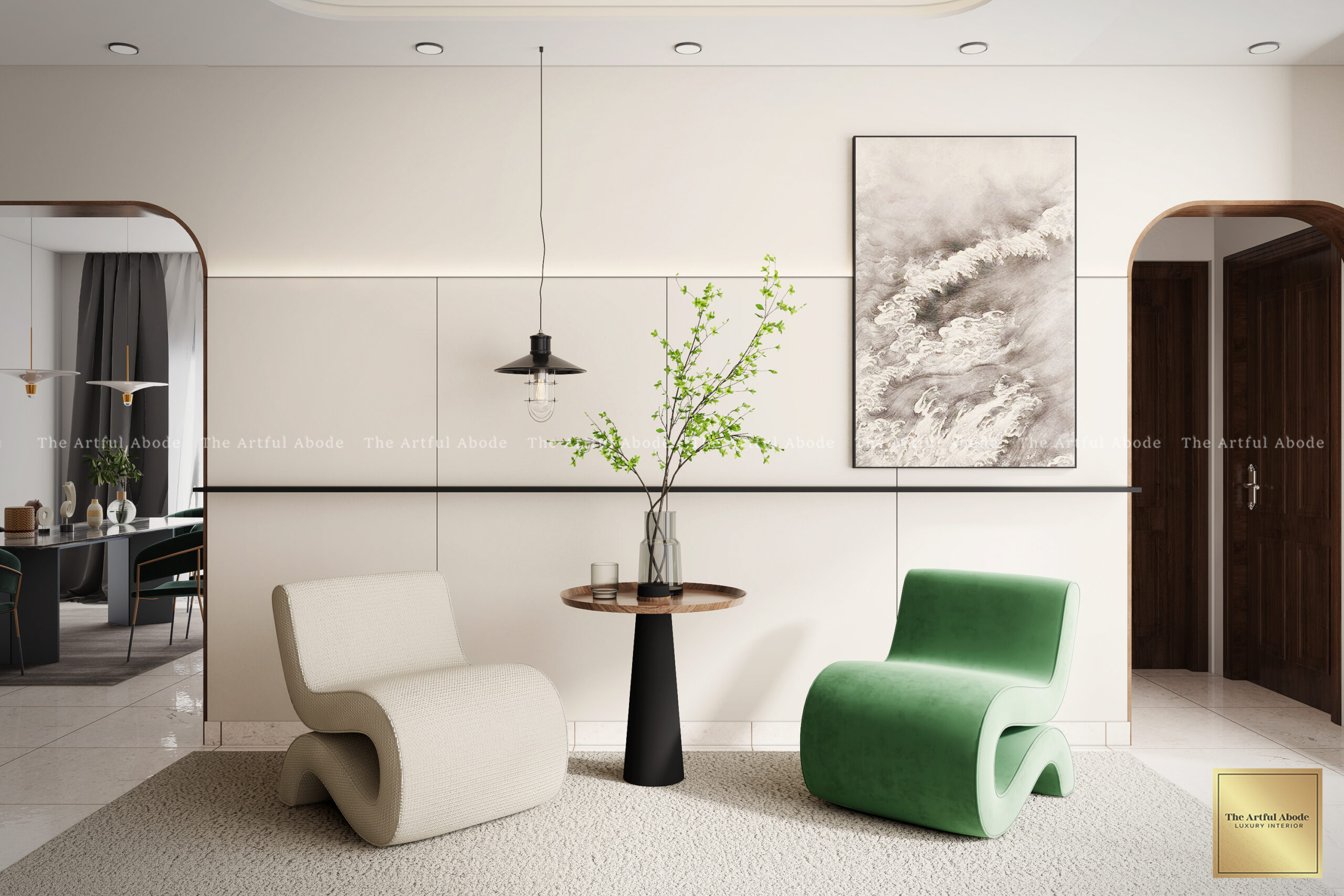
Construction throws curveballs. Always. A structural beam appears where plans showed open space. Plumbing pipes run exactly where you wanted cabinets. Your dream lighting fixture gets discontinued.
AI creates perfect designs assuming perfect conditions. When reality hits, you're stuck with a static render and no solutions.
We've seen every weird structural quirk Bangalore buildings hide. That inconvenient column? We've transformed dozens into design features with creative lighting or built-in shelving. When challenges pop up mid-project, we're on-site making decisions that maintain your design vision while working with what actually exists.
6AI Can't Read Between the Lines
Couples rarely want the same thing. He prefers minimalist, she loves maximalist. AI forces dropdown menu choices. Real design happens in those messy conversations between opposing preferences.
We play mediator constantly. Often the disagreement isn't really about minimalist vs maximalist - dig deeper and it's about someone wanting visual calm while the other wants personality. Totally different problem, totally different solution.
Recent project: husband wanted sleek modern, wife treasured traditional touches. AI would've made them choose. We found their middle ground - contemporary lines with subtle brass inlay work, modern furniture with handwoven textile cushions. Both felt heard. Nobody compromised.
